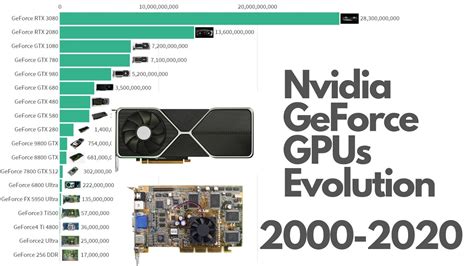The Snapdragon 855 chipset, while being a product of 2019, continues to be a significant point of comparison even in discussions of current tech advancements. Introduced during a period of significant growth in mobile computing power, the adoption of large ARM cores in its design allowed for substantial performance improvements in mobile devices of the time. The chipset’s iGPU, particularly, stands out for providing impressive graphical performance, aligning closely with desktop counterparts in some metrics. This has spurred a discussion on the broader implications of integrated GPUs becoming potent enough for more serious computing tasks, including high-resolution gaming.
One prevailing discussion revolves around the trajectory of iGPUs becoming powerful enough to handle intensive tasks like 1440p and 120 FPS gaming. Historically, these capabilities were the domain of dedicated GPUs. However, as integrated solutions like those found in the Snapdragon series improve in efficiency and power, they start to question the necessity of separate graphics cards. This shift could potentially redefine gaming rigs, transitioning them from bulky towers packed with discrete components to compact systems centered around powerful APUs (Accelerated Processing Units).
The increased capability of iGPUs also brings about considerations of memory bandwidth, a bottleneck that often restricts their performance. Discussions in tech communities highlight moves by companies like Apple to embed more memory directly on the package, potentially increasing performance but sacrificing upgradability. Debates are ongoing about whether this approach will become the norm, with implications for consumer choice and hardware longevity. The discussion mirrors broader industry trends where manufacturers seek to balance between performance enhancements and consumer-friendly designs.
While some enthusiasts argue about the potential obsolescence of discrete GPUs, others point out the enduring need for high-performance dedicated graphics cards, especially in arenas like creative work and hardcore gaming, where the highest graphic fidelity and performance are non-negotiable. However, as APUs continue to grow in capability, the lines may blur. High-end APUs now rival mid-range GPUs, making them an enticing option for average consumers and even some enthusiasts who may not need the cutting edge of graphic performance.
As we look to the future, the role of integrated GPUs is likely to expand further, influenced heavily by innovations in mobile and APU technology. The inevitable improvement in semiconductor technology, including finer manufacturing processes and better thermal management, could push iGPUs to become the default choice for a wide range of users, including gamers. Assuming companies continue to innovate at the current rate, the landscape of personal computing hardware could look vastly different in the next decade, with iGPUs sitting at the heart of most systems.


Leave a Reply